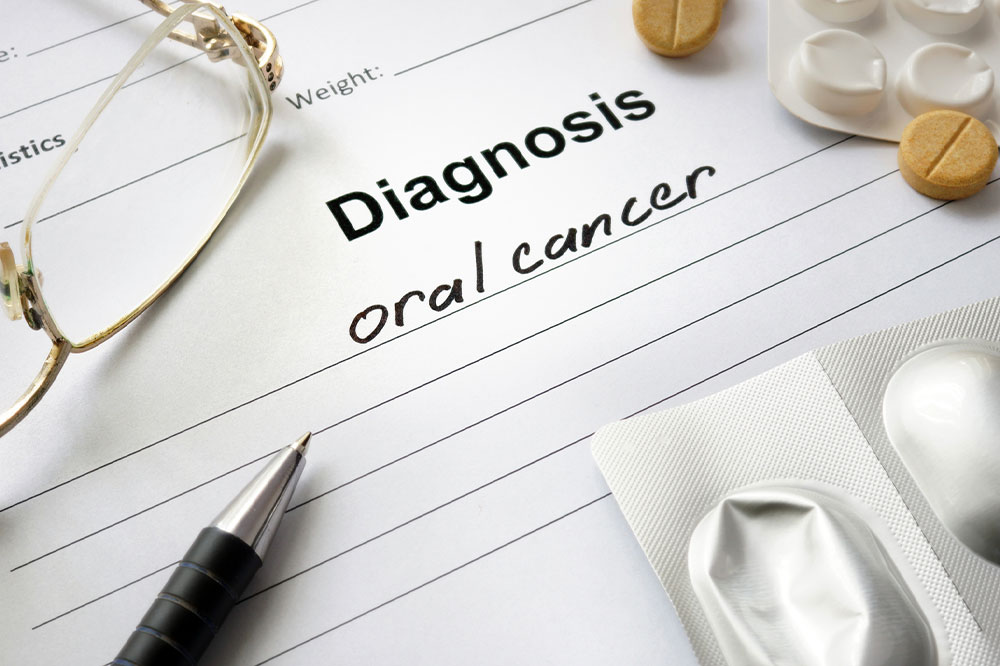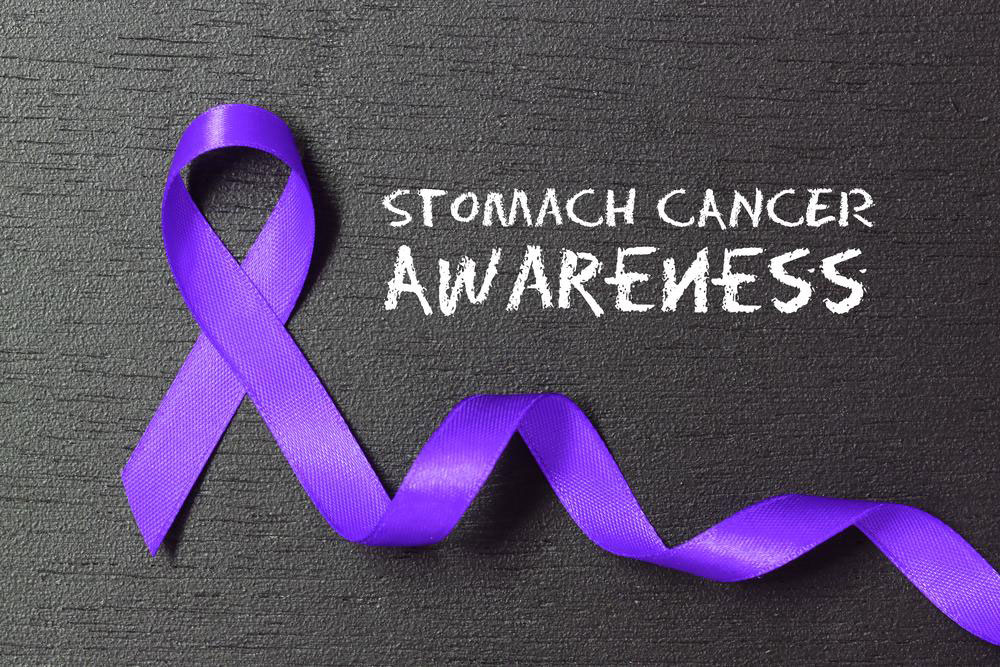Comprehensive Guide to Gastroparesis: Recognizing Symptoms, Dietary Management, and Effective Treatments
Gastroparesis is a disorder characterized by delayed stomach emptying, leading to symptoms like nausea, vomiting, and bloating. Early diagnosis, dietary modifications, and medical treatments are vital for effective management. This comprehensive guide explores its causes, symptoms, dietary strategies, and treatment options to improve quality of life for sufferers.

Comprehensive Guide to Gastroparesis: Recognizing Symptoms, Dietary Management, and Effective Treatments
Gastroparesis is a complex gastrointestinal disorder characterized by delayed gastric emptying, which disrupts the normal digestion process. In healthy individuals, food passes smoothly from the esophagus into the stomach, where it is slowly broken down before moving into the small intestine. However, in gastroparesis, this movement is abnormally slow, leading to a variety of uncomfortable symptoms and potential complications. Understanding the causes, recognizing the signs early, and adopting appropriate management strategies are vital to improving patient outcomes and enhancing quality of life.
Understanding the Causes of Gastroparesis
Gastroparesis can arise from various factors, including diabetes mellitus, which is the most common cause. High blood sugar levels can damage the vagus nerve, responsible for controlling stomach muscles, leading to impaired motility. Other causes include surgical damage, viral infections, medications such as opioids and antidepressants, and certain neurological conditions. In many cases, however, no clear cause is identified, which is then classified as idiopathic gastroparesis. Recognizing the underlying cause can influence treatment approaches and prognosis.
Recognizing the Main Symptoms of Gastroparesis
The manifestations of gastroparesis result from inefficient stomach emptying, causing a range of digestive disturbances. Common symptoms include persistent nausea, frequent vomiting of undigested food, abdominal discomfort or pain, bloating, and acid reflux. Many patients experience early satiety, feeling full after consuming only a small amount of food, leading to significant weight loss and nutritional deficiencies over time. These symptoms can fluctuate in severity and may worsen in response to certain foods or lifestyle factors. Early detection of these signs is crucial to prevent complications like malnutrition or dehydration.
Important Symptoms to Monitor
Key warning signs include vomiting undigested food hours after meals, persistent abdominal pain, and noticeable bloating that disrupts daily life. Acid reflux or gastroesophageal reflux disease (GERD) occurs when stomach acids backflow into the esophagus, causing heartburn and discomfort. Reduced appetite and early satiety make it difficult to maintain proper nutrition. Recognizing these indicators early can prompt timely medical intervention. Dietary adjustments often play a significant role in alleviating these symptoms, emphasizing the importance of tailored nutritional strategies.
Dietary Strategies for Managing Gastroparesis
Modifying your diet is one of the most effective ways to control gastroparesis symptoms. Prioritize easily digestible foods that are low in fat and fiber, as these can slow gastric emptying further. Incorporate low-fat dairy options such as skim milk, yogurt, and light cheeses, which provide essential nutrients without taxing the stomach. Fruits like bananas, cantaloupe, honeydew, citrus fruits, and peeled or semi-cooked pears are symptom-friendly choices. Cooked vegetables, including carrots, potatoes, beets, and squash, are easier to digest, especially if peeled and prepared without added fats or skins. Leafy greens such as spinach and cauliflower should be cooked and mashed or pureed. Protein sources like eggs, lean fish, skinless chicken, and turkey help maintain nutritional balance. Small amounts of nuts and natural peanut butter can provide healthy fats but should be consumed judiciously. It is critical to avoid high-fat dairy, processed meats, raw vegetables, high-fiber grains, and sugary drinks, as these can exacerbate gastrointestinal symptoms.
Medical Management and Treatment Options
Effective management of gastroparesis often requires a combination of medications, lifestyle modifications, and occasionally invasive procedures. Pharmacological options include drugs such as prokinetics, which stimulate stomach motility, and anti-nausea medications to improve comfort. In cases where medications are insufficient, endoscopic interventions like gastric electrical stimulation or surgical procedures such as pyloromyotomy may be considered. New experimental treatments, including gastric pacing, are under investigation at specialized centers. Beyond medication, patients are advised to avoid trigger foods, practice smaller, more frequent meals, and incorporate alternative therapies like herbal teas and acupuncture. Regular follow-up with healthcare providers is essential to monitor progress and adapt treatment plans accordingly.





